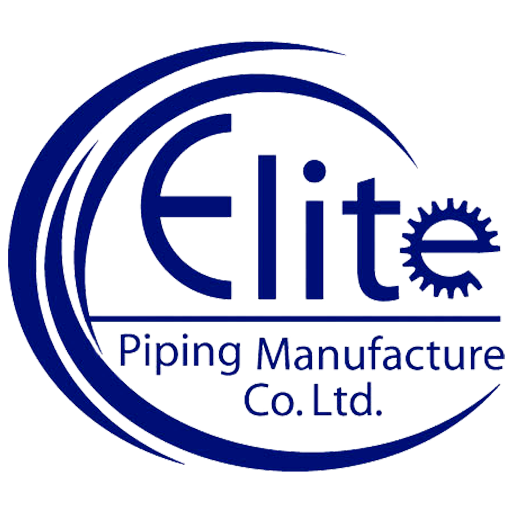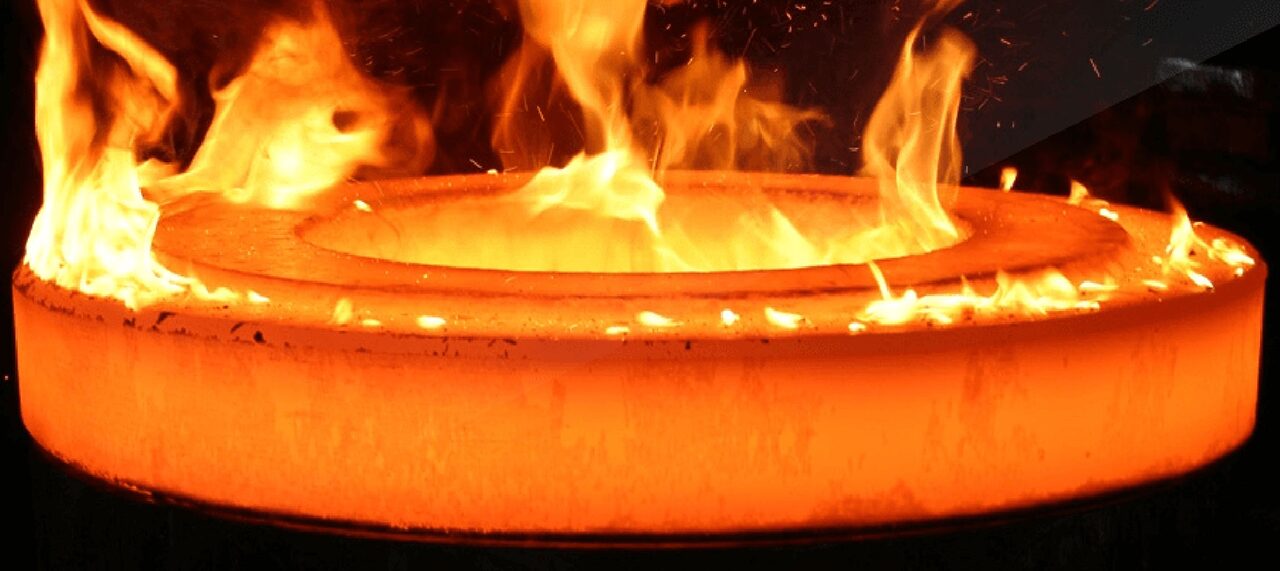Share this
Flanges are critical components in pipe systems, and their quality directly impacts the safety and stability of the pipeline. The forging and quenching process of flanges is a key step in improving their mechanical properties and extending their service life. Through proper forging and quenching treatments, the strength, corrosion resistance, and pressure-bearing capability of the flange are significantly enhanced, ensuring stable operation under extreme conditions such as high pressure and temperature.
1. Flange Forging: The Foundation of Quality
Flange forging involves heating metal materials to a specific temperature and then using mechanical methods like hammering or pressing to shape the material. This process alters the internal structure of the metal, making the grain distribution more uniform, thus improving overall strength and toughness. Compared to cast flanges, forged flanges have a more even metal structure and better internal density, making them more suitable for high-demand engineering applications.
During forging, the metal is compressed and reshaped, which removes air pockets and impurities, thus improving the mechanical properties of the flange. After forging, the mechanical strength and pressure resistance of the flange are significantly enhanced, allowing it to meet the demands of high-pressure systems more effectively.
2. Flange Quenching: Improving Hardness and Wear Resistance
Quenching is a heat treatment process where metal is heated to a high temperature and then rapidly cooled. This process causes a transformation in the metal’s crystal structure, resulting in improved hardness and strength. For flanges, quenching can create a hardened surface layer that greatly improves wear resistance and corrosion resistance, especially for long-term use in harsh environments, effectively reducing wear, and impact, and extending service life.
After quenching, flanges exhibit enhanced hardness and heat resistance, making them ideal for use in high-temperature and high-pressure pipeline applications, such as in the oil, chemical, and natural gas industries. Quenched flanges not only withstand high temperatures and resist corrosion but also maintain stable sealing performance, ensuring the reliability of the pipeline system.
3. Advantages of Flange Forging and Quenching Process
The combination of flange forging and quenching processes maximizes the performance of the flange, with specific advantages including:
- Enhanced Strength and Toughness: The forging process compresses the metal, making the grain structure more uniform and improving the overall strength and toughness of the flange. Quenching further increases the flange’s hardness and wear resistance, allowing it to perform excellently under extreme pressure and temperature conditions.
- Improved Corrosion Resistance: Quenching creates a dense hardened layer on the surface of the flange, reducing the infiltration of corrosive media and enhancing its corrosion resistance. This is especially important for flanges exposed to corrosive environments over long periods.
- Increased Service Life: Forged and quenched flanges are better able to withstand high pressures, temperatures, and harsh working conditions, reducing wear and aging, which significantly extends their service life.
- Ensured Sealing Performance: The surface of forged and quenched flanges is smoother, reducing flaws and cracks, and ensuring effective sealing to prevent leaks in the pipeline system.
4. Applications of Forged and Quenched Flanges
Forged and quenched flanges are widely used in the following industries:
- Oil and Chemical Industry: Forged and quenched flanges are ideal for high-temperature and high-pressure pipeline connections, ensuring safety and reliability in oil and natural gas systems.
- Energy Sector: These flanges are commonly used in power and nuclear energy industries, where equipment stability and safety are crucial.
- Shipbuilding: In the marine industry, forged and quenched flanges are used in the piping systems of ships, providing enhanced corrosion resistance to ensure long-term reliability during operations.
- Metallurgy: Flanges in the metallurgy industry need to withstand high temperatures and pressures, and the forging and quenching process ensures they can handle such extreme environments.
5. Quality Inspection and Control After Forging and Quenching
Flanges that undergo forging and quenching treatments require strict quality inspections to ensure their performance meets the standards. Common inspection methods include:
- Hardness Testing: To ensure the flange meets the required hardness after quenching.
- Microscopic Structure Analysis: To check whether the metal structure is uniform and defects-free.
- Mechanical Performance Testing: Including tensile, impact, and fatigue tests, to ensure the flange can withstand the long-term operational load.
6. Conclusion
The forging and quenching processes are essential in flange manufacturing. They greatly enhance the strength, wear resistance, and corrosion resistance of the flanges. These processes ensure the flanges perform reliably and stably in demanding conditions, such as high pressure, temperature, and harsh environments. Whether in the oil and chemical industry, energy sector, shipbuilding, or metallurgy, forged and quenched flanges are key to ensuring the safety and efficiency of pipeline systems.
Through advanced forging and quenching techniques, Elite Piping is committed to providing high-quality flanges for global customers, helping industries achieve more efficient and safer pipeline connections.

